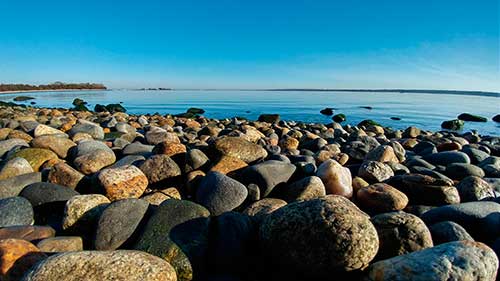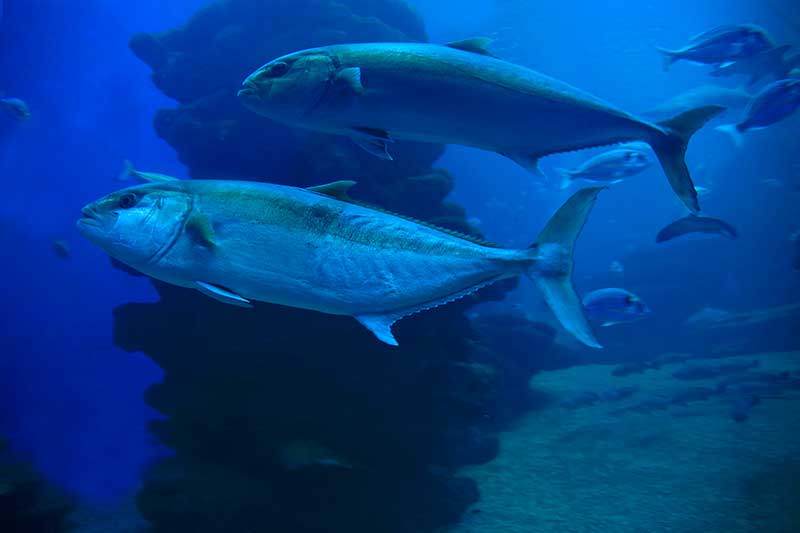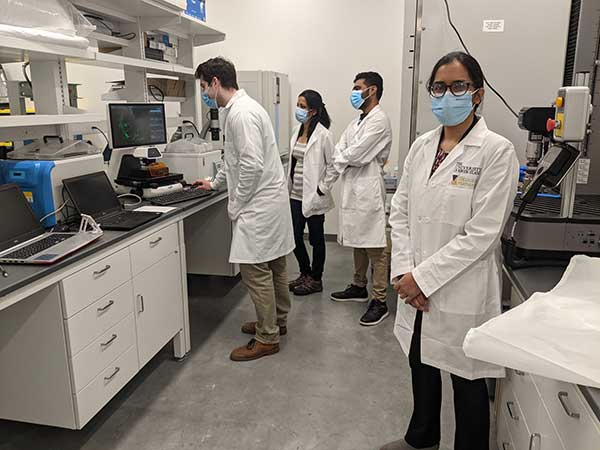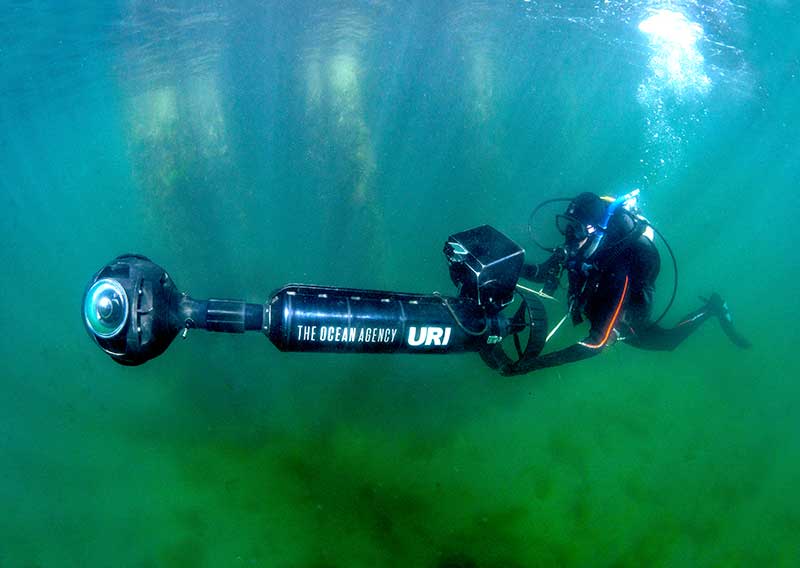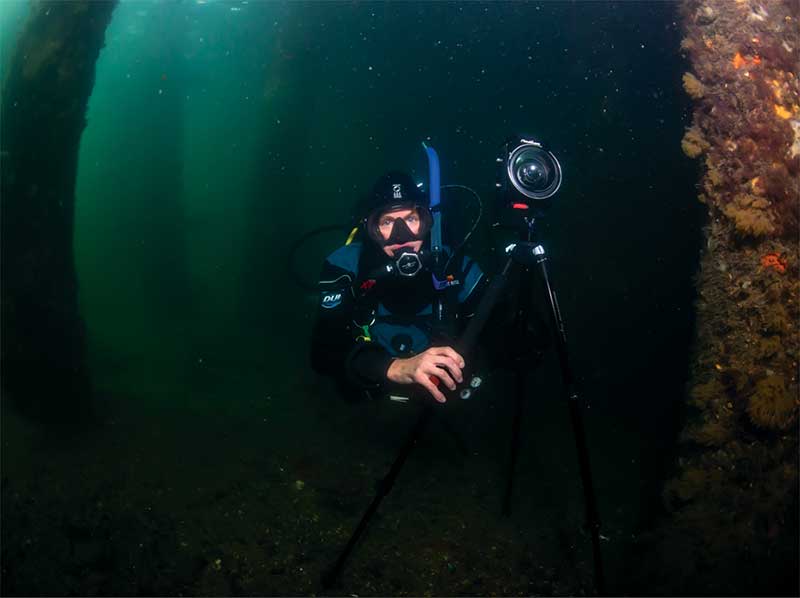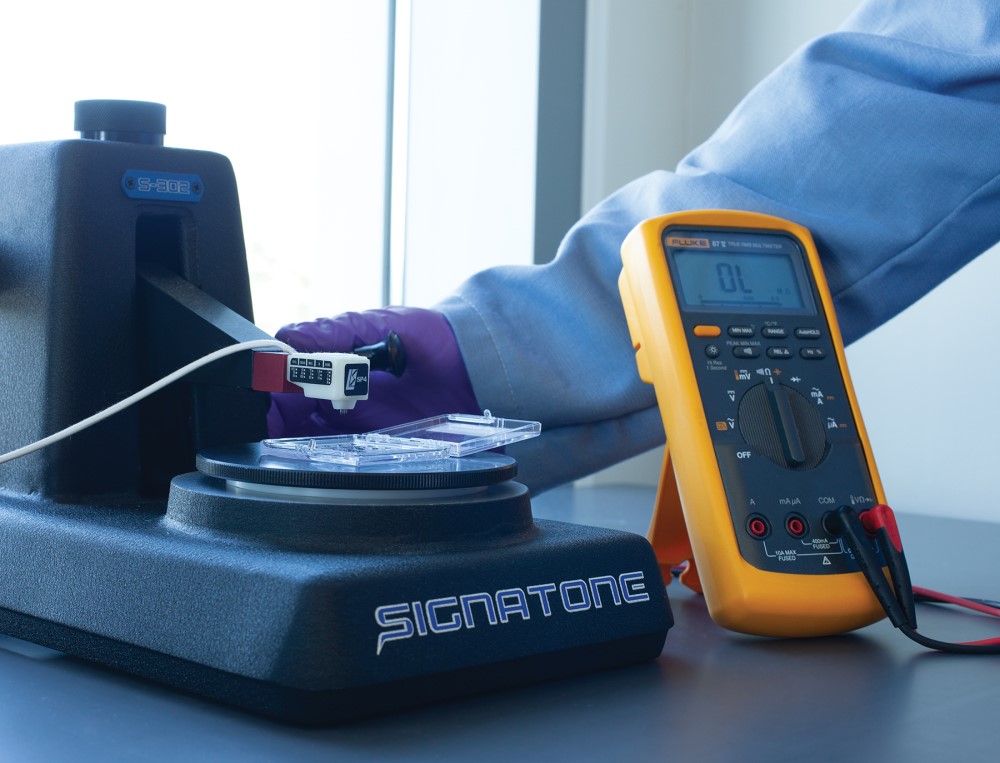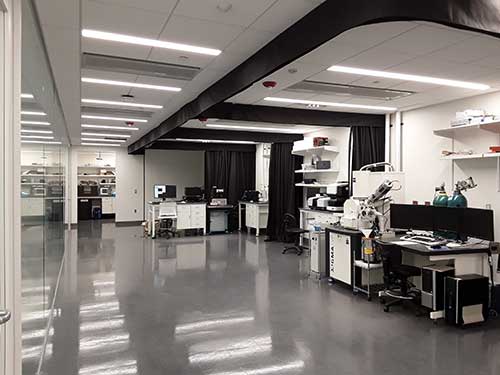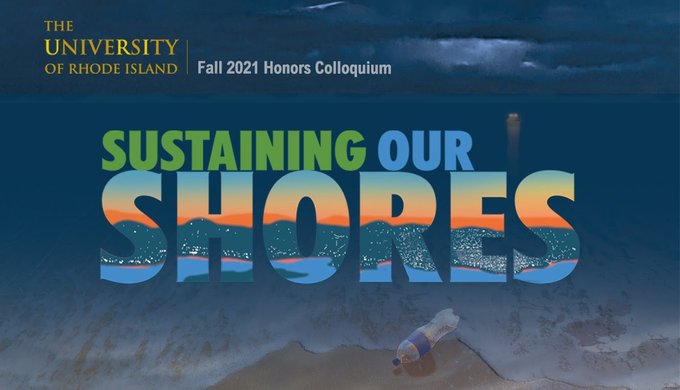Research Areas: Tools
Detecting, identifying, quantifying and analyzing macro-, micro- and nanoplastics is essential to determining their prevalence and various adverse impacts. However, there are no standard methods, best practices or monitoring baselines for characterizing the very diverse physical, chemical and toxological characteristics of micro- and nanoplastics. The University provides access to state-of-the-art techniques, technologies and tools that bring researchers together from all over the world to enhance capacities, advance capabilities and accelerate plastics research.
Projects
Tern Buoys & Bay Observatory is staffed by oceanographers, engineers, and marine scientists from the University of Rhode Island, in partnership with industry and researchers from seven other institutions in the state via the Rhode Island Consortium for Coastal Ecology Assessment, Innovation and Modeling (RI C-AIM) project. Researchers are developing and deploying state-of-the art tools and technologies in Narragansett Bay to monitor and predict the bay’s health in the face of environmental changes. The Bay...
Read MoreSeawater and Marine Science Research Facilities (MSRF) are integrated facilities housed at the URI Graduate School of Oceanography Bay Campus that serve multi-users to support research and training on marine life. These facilities provide and have direct access to flowing seawater pumped via safe and environmentally sustained systems. With this access, researchers who use the MSRF facilities can ensure safe collection of organisms at sea, hold them and conduct experiments in wet labs and immediately...
Read MoreDue to their ubiquitous nature, micro- and nano-plastics are being increasingly taken up by humans especially through occupational exposure, inhalation and ingestion. Microplastics have been found to accumulate and persist within human tissues upon ingestion. There is an urgent need to predictively study the fate as well as short-term and long-term effects of these contaminants following uptake by cells. The Menon lab is developing novel tissue engineering-based approaches that are more representative of in vivo...
Read MoreHammerhead Project is a cutting-edge camera system inspired by the shape of a hammerhead shark, is being designed and prototyped to provide high-resolution imagery for underwater research applications. The breakthrough design and project is led by the nonprofit organization, The Ocean Agency and CEO, Richard Vevers, who created the Seaview camera that took Google Street View underwater. Research divers and faculty from URI’s Diving Research & Safety Program (Division of Research & Economic Development) are...
Read MoreThe Diving Research & Safety Program oversees all diving operations including education, outreach, and research activities following standards as set forth per the American Academy of Underwater Sciences. As the state’s leading and multi-institutional scuba diving program, it is committed to providing high quality instruction at an affordable cost and to supporting underwater research needs for a substantial number of marine-related degrees ranging from marine biology to ocean engineering and underwater archaeology, all while maintaining compliance...
Read MoreDr. Jason Dwyer and his lab at the University of Rhode Island are developing new nanofabricated sensors to enable better characterization of an important class of biomolecules known as polysaccharides, or glycans. Glycans play important roles as a source of energy, as markers in important biological processes, and can also serve therapeutic functions – for example, the anticoagulant heparin is the most prominent medically useful polysaccharide. Identification and characterization of glycans can be incredibly challenging,...
Read MoreRhode Island Consortium of Nanoscience and Nanotechnology is a multi-user materials characterization facility that supports academic and industry partners by providing advanced facilities and equipment for materials characterization and hands-on training: surface, chemical and structural analysis; and high-resolution electron microscopy. Supported by a team of expert technicians, The University of Rhode Island also provides theoretical and hands-on training via remote or in person sessions on tools to support a broad scope of industry efforts including microelectronics,...
Read MoreThe Analytical Core Facility was established in 2019 in the Fascitelli Center for Advanced Engineering, is a multi-user analytical chemistry facility that enables cutting-edge academic and industrial research and training through access to advanced analytical techniques. The facility is equipped with state-of-the-art analytical instrumentations required in biomedical, pharmaceutical, biotechnological, environmental and food and beverage research. The facility works closely with the Environmental Engineering Laboratory’s research and education efforts. Additional information about the facility
Read More
